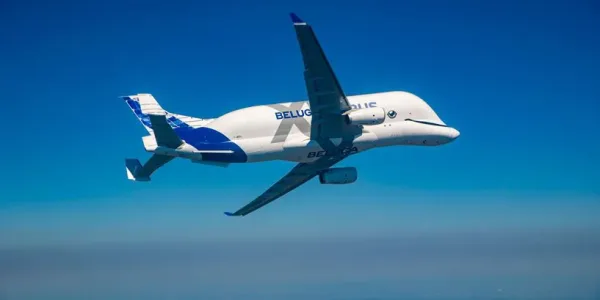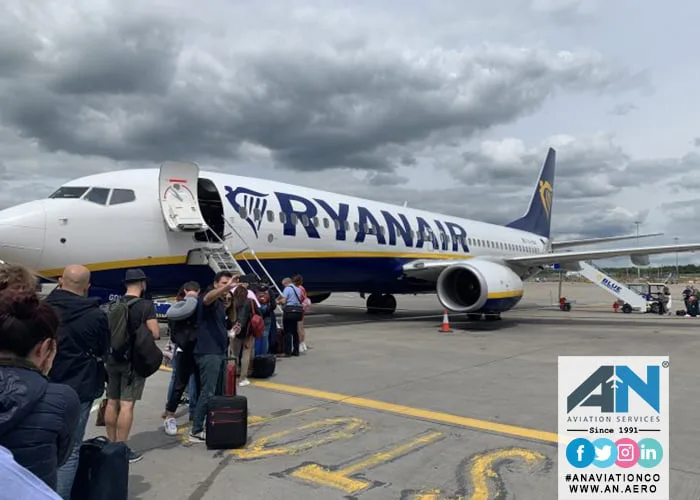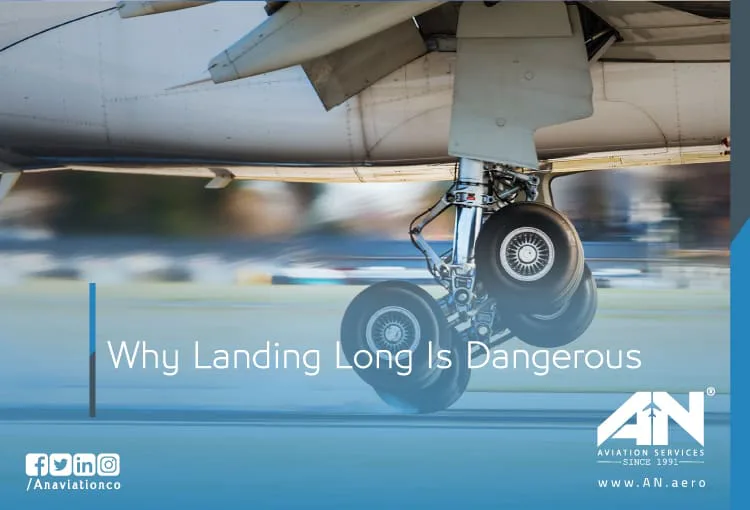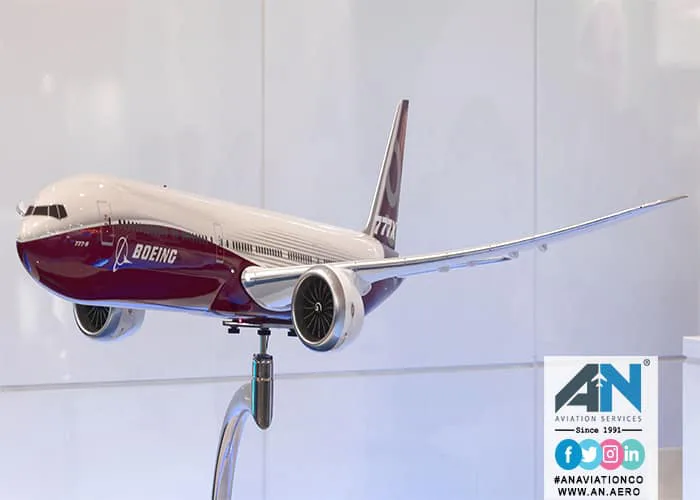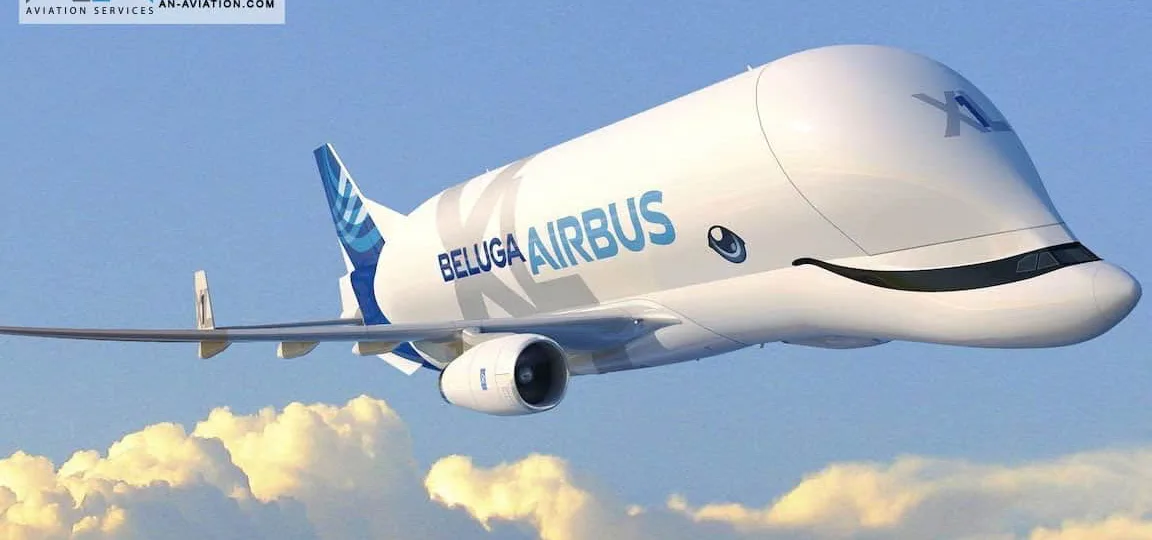
The Beluga Airbus—with its distinctive whale-like shape—is one of the most recognizable cargo planes in the world. Officially known as the Airbus A300-600ST Beluga, this massive aircraft was developed to transport large and heavy components, particularly for the aviation industry. Operated by Airbus Transport International (ATI), the Beluga plays a crucial role in the company’s logistics network, ferrying large aircraft sections and other oversized cargo between production sites across Europe. This article explores the history, features, and importance of the Beluga Airbus, shedding light on its significance for Airbus and the global aviation industry.
The Origins of the Beluga Airbus
In the early 1990s, Airbus faced a unique logistical challenge: transporting large aircraft components between its production sites. At that time, the company relied on older Super Guppies, modified cargo planes that were no longer adequate for Airbus’ growing needs. The solution was to develop a purpose-built aircraft with enough space and capacity to carry large components like wings and fuselage sections. This led to the creation of the A300-600ST Beluga. The Beluga made its maiden flight in September 1994 and officially entered service in 1995. Designed with a heavily modified fuselage based on the Airbus A300, the aircraft was specifically engineered to maximize its cargo bay while maintaining the original aircraft’s performance and reliability.
Key Features and Capabilities
The Beluga Airbus stands out not only because of its size but also due to its distinctive design features that make it ideal for carrying outsized cargo. Its cargo holds are designed to accommodate large components, with dimensions exceeding 7 meters in both width and height. The cargo capacity is impressive, allowing the Beluga to carry up to 47 tons of payload. Unlike traditional cargo planes, the Beluga features a unique top-loading design. The cockpit is situated below the main deck, which allows the aircraft to open from the top, facilitating easy loading and unloading of oversized items. This design enables the Beluga to transport large and heavy pieces like complete wings, fuselage sections, or even entire helicopters.
Despite its size, the Beluga is highly versatile, capable of taking off and landing on relatively short runways. With a range of approximately 1,660 nautical miles at maximum payload, the Beluga Airbus can effectively connect various Airbus production sites across Europe and beyond.
Beluga vs. BelugaXL
As Airbus continued to expand and develop larger aircraft like the A350, the company recognized that even the original Beluga Airbus was not big enough to handle the growing size of its components. This led to the development of the BelugaXL, a next-generation super transporter based on the Airbus A330 platform. The BelugaXL offers 30% more capacity than its predecessor, allowing it to carry two A350 wings at the same time, something the original Beluga could not do. The BelugaXL officially entered service in 2020 and will eventually replace the original A300-600ST Belugas.
This expansion in capacity was crucial for Airbus to keep up with production demands, particularly as the company sought to increase output of newer, larger aircraft models. The BelugaXL’s improvements in capacity and range allow Airbus Transport International (ATI) to continue connecting final assembly lines efficiently, maintaining Airbus’ production speed and supply chain efficiency.
The Role of the Beluga Airbus in Airbus’ Production Network
The Beluga Airbus is a critical component of Airbus’ production network, connecting its primary manufacturing and assembly sites. For example, wings produced in Broughton, UK, are flown to Toulouse, France, while fuselage sections from Hamburg, Germany, are also transported to final assembly lines via the Beluga Airbus. This logistical efficiency is essential to Airbus’ ability to assemble aircraft in a timely and cost-effective manner. By relying on the Beluga to transport these oversized components, Airbus can streamline its assembly process and reduce dependency on slower land and sea transport methods.
In addition to aircraft components, the Beluga Airbus is versatile enough to handle other outsized loads. The plane is frequently called upon to transport helicopters, satellites, and large industrial equipment that are too big or too heavy for standard cargo planes. This flexibility makes the Beluga Airbus a valuable asset not just for Airbus but for other industries requiring specialized transport capabilities.
Dimensions:
- Overall length 63.1 m
- Height 18.9 m
- Wingspan 60.3 m
- Fuselage width 8.8 m
- Loadable volume length 46.8 m
- Loadable cross-section max width 8.1 m
- Loadable cross-section max height 7.5 m
Performance:
- Max payload 44 tonnes
- Max range 4,000 km
- Max take-off weight 227 tonnes
- Max landing weight 187 tonnes
- Max zero fuel weight 178 tonnes
- Max fuel capacity (density = 0.803) 73.3 tonnes
Speed and efficiency:
As with the BelugaST, BelugaXLs are equipped with cargo loading systems to ensure easy and efficient handling of payloads, controlled by the trained crews of the Airbus Transport International (ATI) subsidiary.
Thanks to new efficiency in systems, the turn-around time (TAT) for the BelugaXL is approximately 1 hour, reduced by almost half when compared to a BelugaST.
Flight deck:
The BelugaXL is operated by two pilots, taking advantage of the modern A330 cockpit on which the latest systems and technologies developed for other programs have been transferred – ensuring technology lead and commonality benefits.
These include fly-by-wire flight controls, liquid crystal displays (LCDs), and the Airport Traffic Situational Awareness (ATSA) system. In late 2021, RNP AR (Required Navigation Performance Authorization Required) will be added. This system improves access to locations with challenging surroundings.
At the end of 2022, ROPS (Runway Overrun Prevention System) and AP/FD TCAS (Autopilot/flight Director Traffic Collision Avoidance System) is to be incorporated.
During landings, the ROPS predicts operational landing distance and warns crews on overrun risk during both auto-braking and manual braking operations, whereas automatic avoidance maneuvers with AP/FD TCAS (Autopilot/flight Director Traffic Collision Avoidance System) are performed in case of collision risk with another aircraft.
Conclusion: A Giant in the Sky
The Beluga Airbus is more than just a massive plane with a unique design—it’s a crucial link in the global logistics network. From transporting large fuselage sections to supporting final assembly lines in Toulouse, France, the Beluga plays an essential role in keeping Airbus’ production running smoothly. The newer BelugaXL models further expand the fleet’s capacity, ensuring that Airbus can meet increasing demands for larger and more complex aircraft.
The next time you see a photo of the Beluga Airbus, you’ll know it’s not just a curious-looking aircraft but a vital component of the aviation industry’s backbone. Its design, capacity, and operational versatility make it an invaluable asset, not only to Airbus but to the entire aviation and aerospace sectors.
